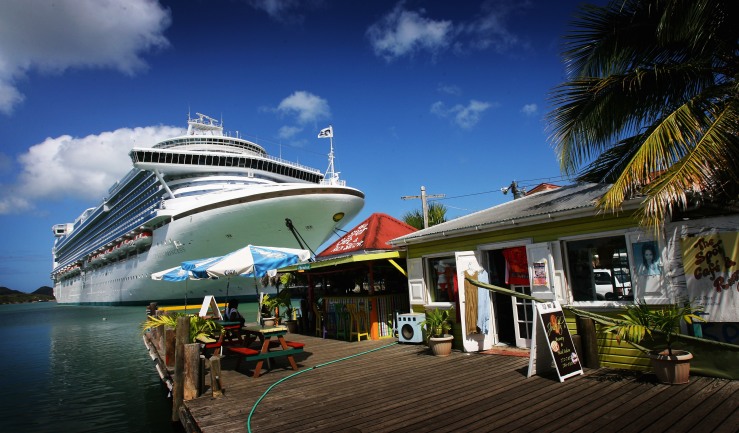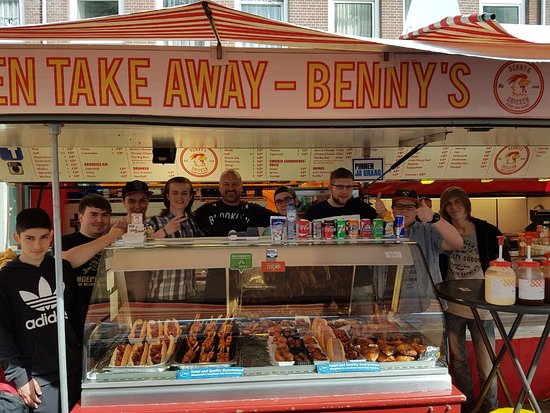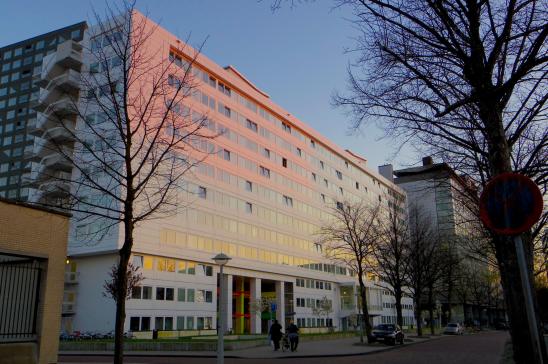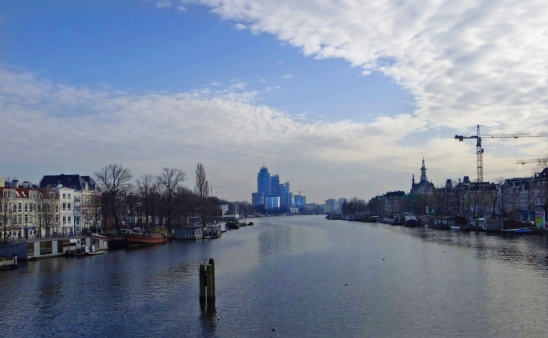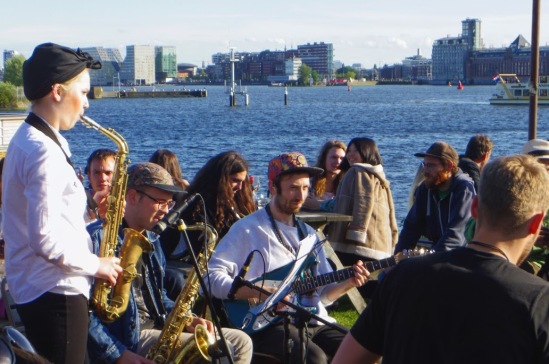Nicholson Baker’s first novel, ‘The Mezzanine,’ offers a witty, exacting look at the tedium of everyday life and the objects that make our world of convenience possible.
Long gone are the days of paper CVS bags. Even 30 years ago, when Nicholson Baker wrote The Mezzanine, plastic bags were making their conquest of shops everywhere, including CVS branches around the country.
Baker’s 1988 debut novel obsesses over things like paper versus plastic bags, or the time it takes for a shoelace to snap from wear, or the experience of riding an escalator — in short, the minutiae of the manmade world. And it all takes place during the one-hour lunch break of its protagonist, Howie, a 23-year-old whose mechanical mind is relentlessly occupied by the details of daily life.
Howie has been a businessman for all of four months, which has given him time to develop a carefully planned routine for his workday, down to his five-shirt dry cleaning schedule. But two broken shoelaces (fraying off less than 48 hours apart from one another) prompt him to pay a visit to CVS for replacements. In that hour — which makes up all 135 pages of the novel — Howie contemplates everything from the loss of brain cells to corporate bathroom flatulence. Those topics are examples of what Baker does best: making the odd relatable.
Reading The Mezzanine is a meditative task. The farther up the escalator you ascend with Howie, the sharper your mind becomes, especially as you traverse Baker’s ridiculously extended footnotes and lists, a source of inspiration for David Foster Wallace. You begin to notice, or at least notice that you’ve always noticed, life’s details. Why do straws float uncontrollably out of a can of soda? (Howie prefers weighty paper straws.) When will my shoelaces finally give out? And, perhaps most importantly, why do rubber escalator grips move at a slightly different speed than the escalator itself?
Despite its relatability, The Mezzanine begs for a modern update. In 2019, we no longer “xerox” things, but we do “slack” them. Offices have changed a lot in three decades, but some fundamental aspects of office culture have not. It’s still awkward to acknowledge a coworker you barely know in the hallway, or shake your hands dry after using an inadequate restroom hand dryer.
What would Baker’s character make of modern technology? Today, Howie would be 54 years old, presumably preoccupied with Seinfeldian thoughts like:
- The lack of a home button on new iPhones
- Waiting for an Uber on a busy street as vacant taxis pass by
- Finding ways to jump over paywalls to read news articles
Howie may love today’s world, full of more conveniences than ever. Then again, he’d certainly hate the absence of mechanical (in favor of digital) wonders. He would have one cause to celebrate, however. Eco-friendly paper straws have made a comeback, sinking firmly into soda cans everywhere. Paper bags, on the other hand, have yet to return.
